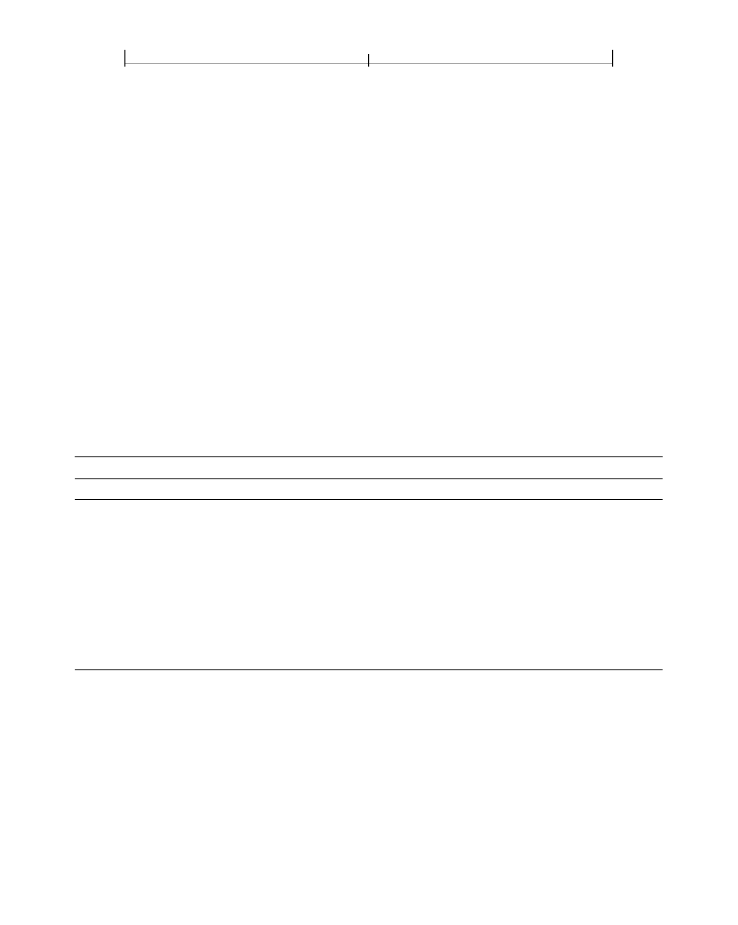
CHAPTER 8
688
Interactive Features
Beginning with PDF 1.4, the field dictionary for check boxes and radio buttons
contains an optional
Opt
entry (see Table 8.76), which holds an array of text
strings representing the export value of each annotation in the field. It is used for
the following purposes:
•
To represent the export values of check box and radio button fields in non-Lat-
in writing systems. Because name objects in the appearance dictionary are lim-
ited to
PDFDocEncoding
, they cannot represent non-Latin text.
•
To allow radio buttons or check boxes to be checked independently, even if
they have the same export value.
An example is a group of check boxes that are duplicated on more than one
page, and the desired behavior is that when a user checks a box, the corre-
sponding boxes on each of the other pages is also checked. In this case, each of
the corresponding check boxes is a widget in the
Kids
array of a check box field.
Note:
For radio buttons, the same behavior occurs only if the
RadiosInUnison
flag
is set. If it is not set, at most one radio button in a field can be set at a time. See
TABLE 8.76 Additional entry specific to check box and radio button fields
KEY
TYPE
VALUE
Opt
array of
text strings
(Optional; inheritable; PDF 1.4)
An array containing one entry for each widget annota-
tion in the
Kids
array of the radio button or check box field. Each entry is a text string
representing the on state of the corresponding widget annotation.
When this entry is present, the names used to represent the on state in the
AP
dictionary
of each annotation are computer-generated numbers equivalent to the numerical posi-
tion (starting with
0
) of the annotation in the
Kids
array. This allows distinguishing be-
tween the annotations even if two or more of them have the same value in the
Opt
array.
For example, two radio buttons may have the same on state, but if the RadiosInUnison
flag is not set, only one of them at a time can be checked by the user.
Radio Buttons
A
radio button field
is a set of related buttons. Like check boxes, individual radio
buttons have two states, on and off. A single radio button may not be turned off
directly but only as a result of another button being turned on. Typically, a set of
radio buttons (annotations that are children of a single radio button field) have at